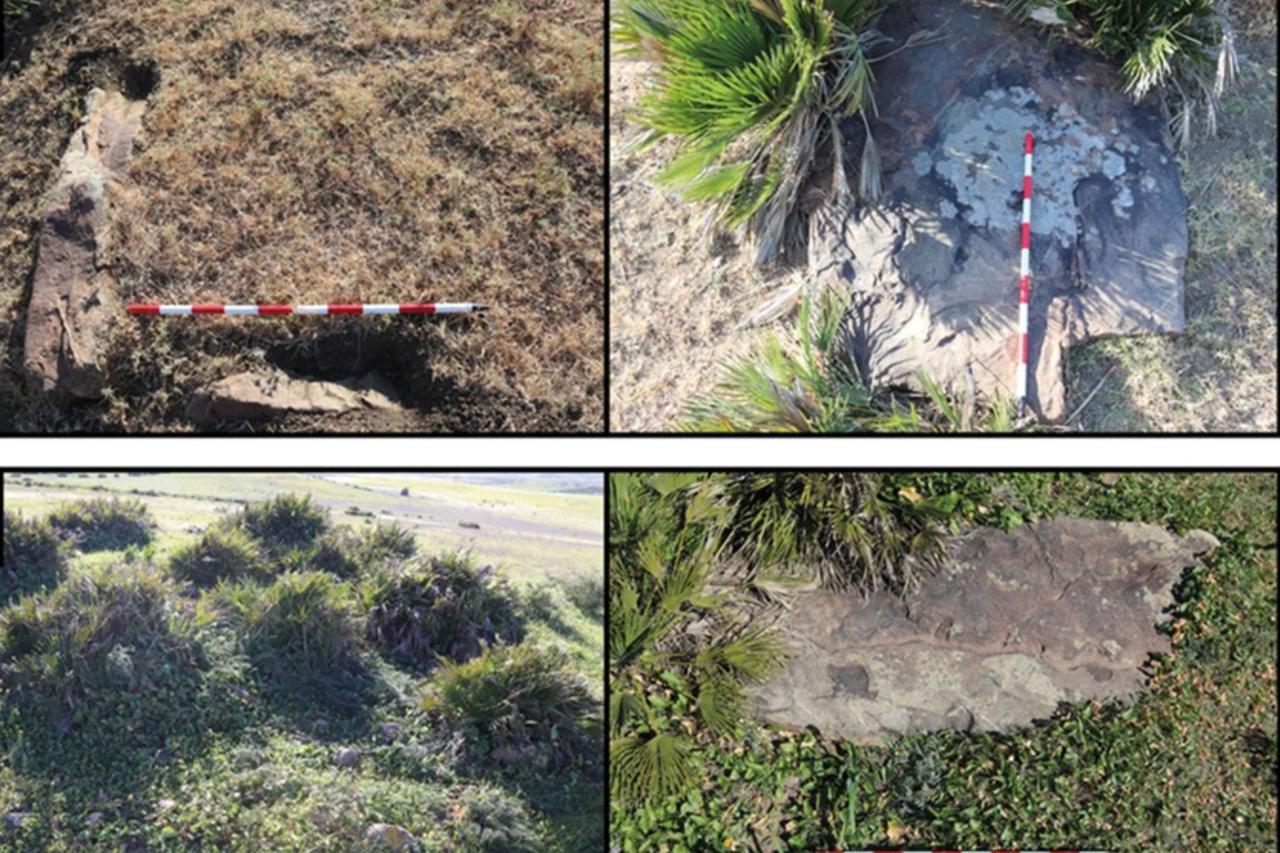
A team of archaeologists from Spain and Morocco has uncovered three ancient cemeteries, rock shelters, and standing stones on Morocco’s Tangier Peninsula—an area largely unexamined by archaeologists despite its critical location just south of the Strait of Gibraltar.
The research, conducted by Hamza Benattia, Jorge Onrubia-Pintado, and Youssef Bokbot, comes from a collaboration between the University of Barcelona, the University of Castilla-La Mancha, and Morocco’s National Institute of Archaeology and Heritage.
Their findings were published in the African Archaeological Review.
Among the most significant discoveries was a cist burial dated to approximately 2,000 B.C.—believed to be the first ever radiocarbon-dated cist burial in northwestern Africa.
The burial involved a body interred in a stone-lined chamber and sealed with a slab, a practice requiring remarkable effort given the rudimentary tools of the era.
These cist tombs, found in two of the three cemeteries, highlight a burial tradition suggesting complex social and spiritual practices during the region's prehistoric period.
In addition to the cemeteries, researchers discovered rock shelters adorned with painted images. Some motifs echo those found in the distant Sahara Desert, hinting at possible cultural exchanges or shared belief systems spanning great distances.
The team also recorded standing stones—some towering up to 2.5 meters—at both the burial sites and rock shelters. These monoliths were likely territorial markers or held ceremonial significance.
The research team aimed to identify human activity from 3,000 B.C. to 500 B.C.
The discoveries now provide vital clues about the people who lived and died at this strategic crossroads between Africa and Europe.
Their pioneering use of radiocarbon dating in this context opens the door for future research into the burial customs and artistic expressions of ancient North African societies.